Name: Beluga Whale (Delphinapterus leucas)
Length: 3.5-6 metres
Weight: 1,100-1,600 kg
Location: Arctic and Sub-Arctic
Conservation status: Near-Threatened
Diet: Fish, invertebrates
Appearance: White, grey
How do Beluga Whales hunt?
Belugas' diet varies by location and season. They eat fish and small invertebrates like shrimp, snails, crabs, and octopi. They hunt by scrounging along the seabed or by herding fish into shallow waters. They use their teeth to grasp food and suck in their prey.
How social are Beluga Whales?
Belugas are very social, forming pods of 2 to 25 members, led by a dominant male. They are known to switch pods easily. In summer, thousands gather in estuaries for calving. Belugas are playful, often chasing each other, spitting water, rubbing, calling, making toys, and swimming near boats.
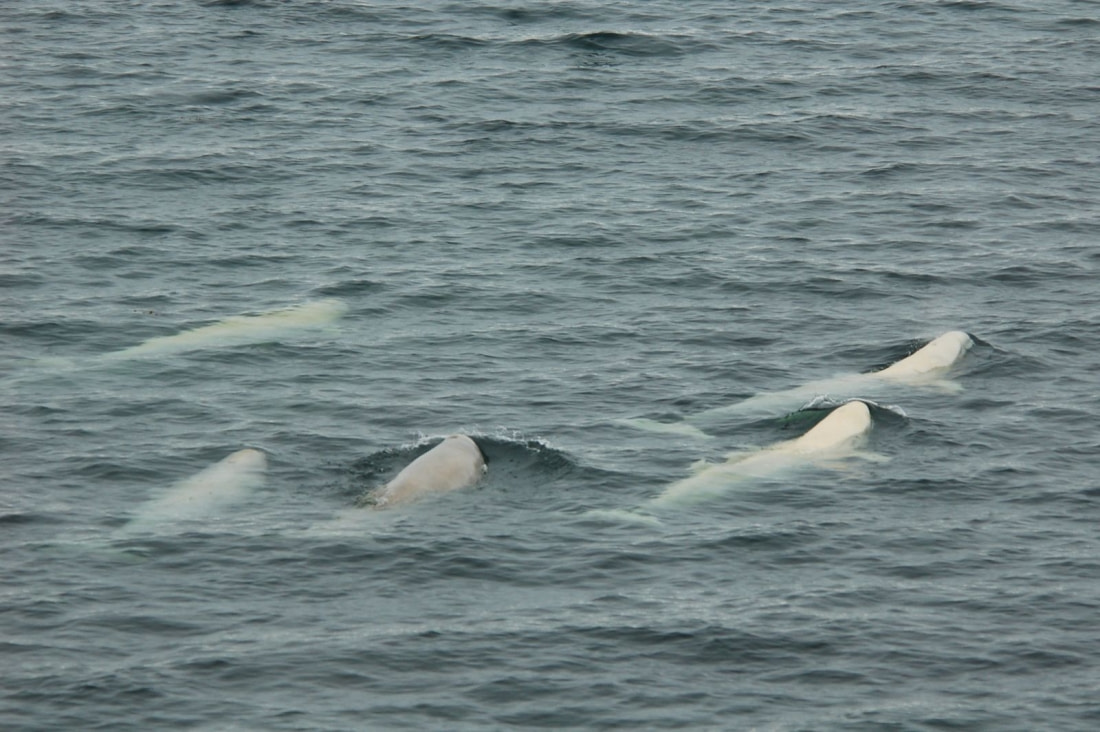
How fast can Beluga Whales swim? How long can they stay underwater?
Belugas swim at 3 to 9 km/h, reaching speeds of 20 km/h for short bursts. They can dive as deep as 872 meters and stay underwater for up to 20 minutes, usually diving for 5 minutes. They conserve oxygen by slowing their heart rate and redirecting blood flow to essential organs.
What are Beluga Whales mating rituals like?
Males mature at 4-7 years, females at 9 years. Females give birth every 3 years, mostly between February and May. Pregnancy lasts 12-15 months. Calves are born grey, weighing about 80 kg and 1.5 meters long. They can swim at birth and nurse for about 2 years.
How long do Beluga Whales live?
Belugas typically live 35-50 years in the wild, but some studies suggest they may live up to 70 years.
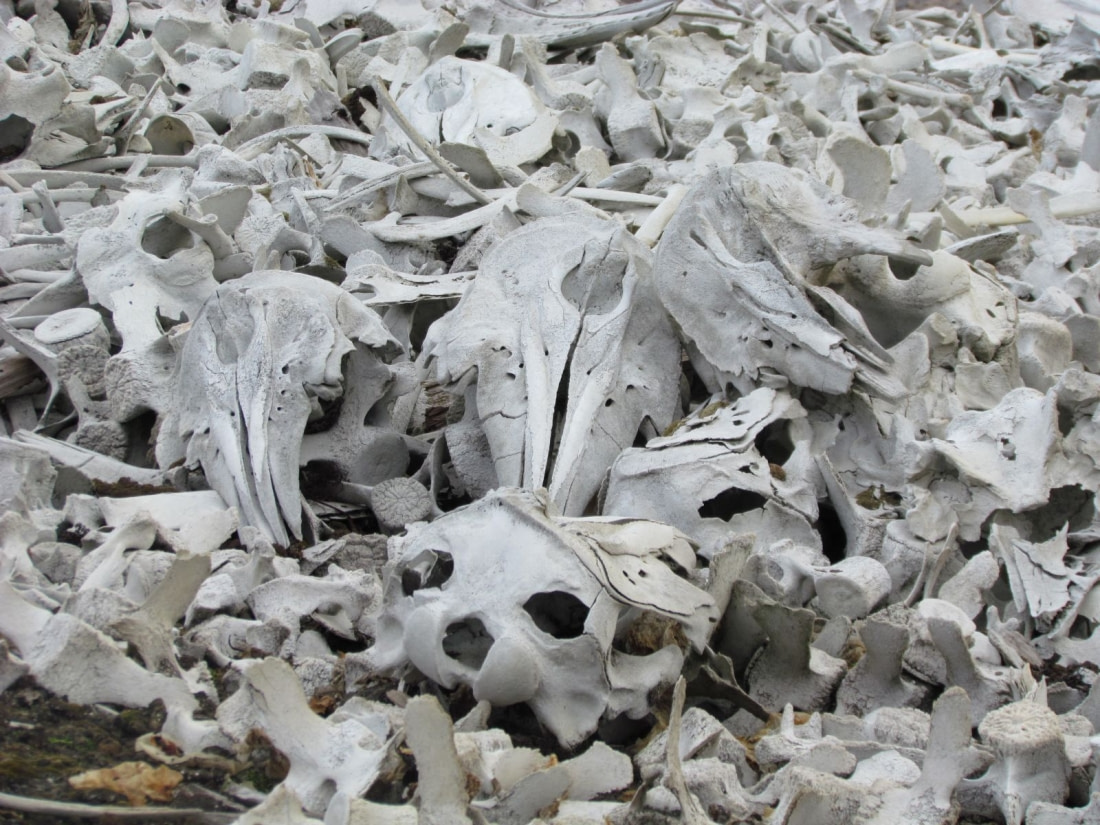
How many Beluga Whales are there today?
The International Union for Conservation of Nature estimates over 150,000 Belugas worldwide.
Do Belugas have any predators?
Polar bears pose a threat during winter when ice closes open water, trapping Belugas. Killer whales also prey on both calves and adults.
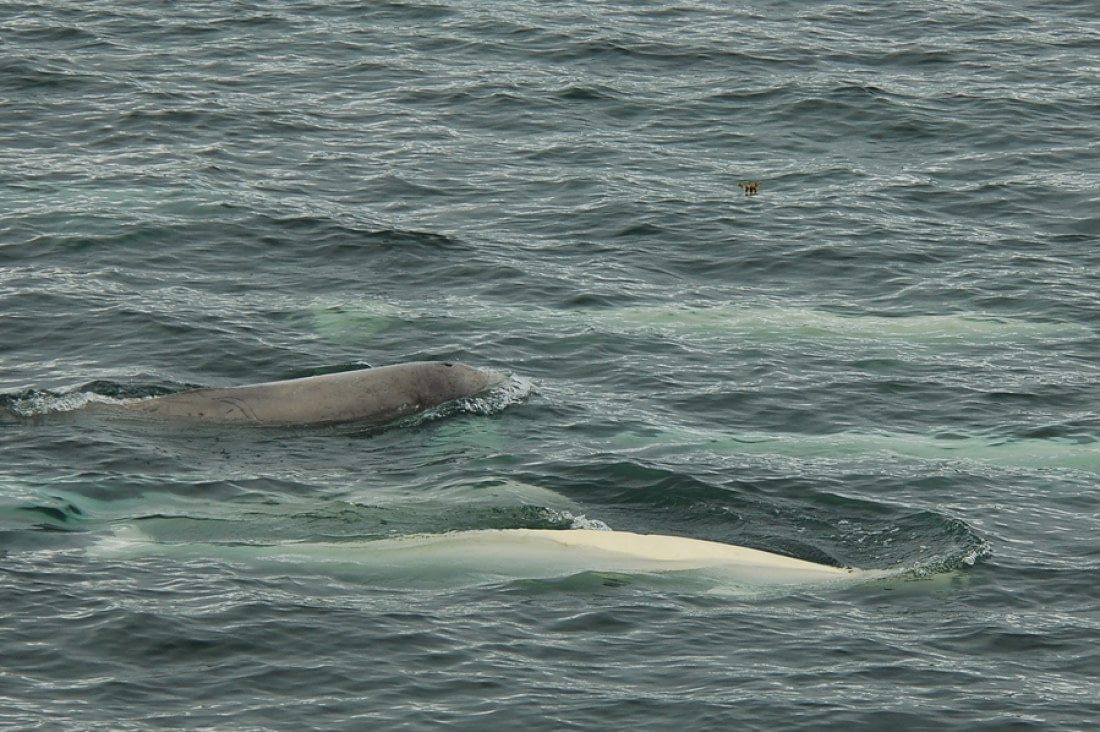
7 Beguiling Beluga Facts
- Belugas have excellent hearing and use echolocation to navigate and find prey.
- Their blubber layer is 5 inches thick.
- They are not related to beluga sturgeon, known for its caviar.
- The bulge on their forehead, called a “melon,” helps with echolocation and can change shape to produce different sounds.
- Known as “Sea Canaries” due to their wide range of vocalizations.
- Belugas can turn and nod their heads, unlike most dolphins and whales.
- Lacking dorsal fins allows them to swim close to ice, helping them evade predators like Killer Whales.
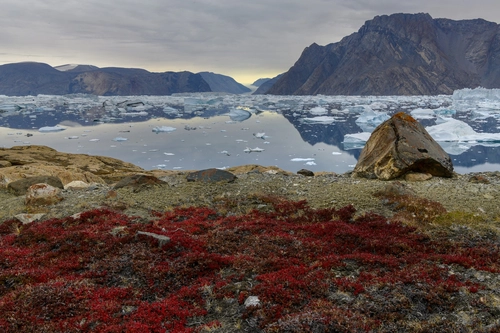
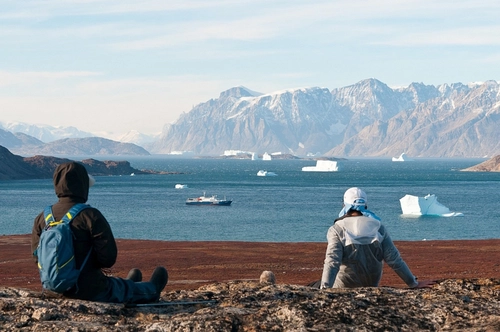

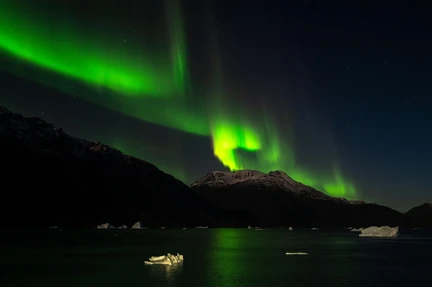

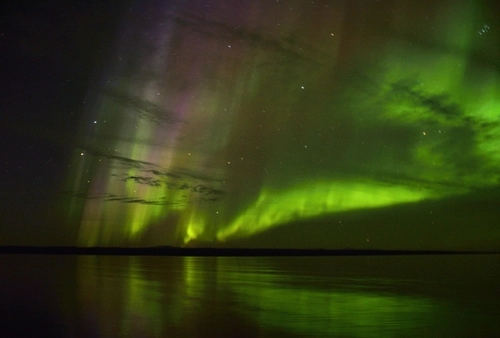
Related Trips


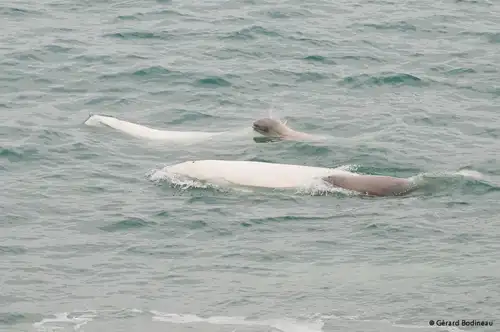
The Mysteries of the Beluga Whale
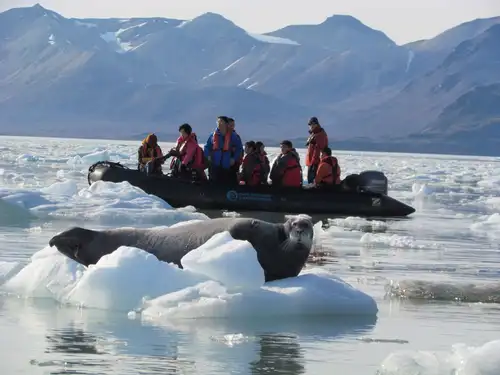
Six Seal Species You Might See On Your Greenland Cruise
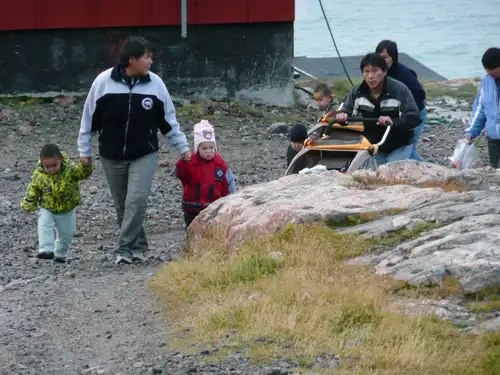
Greenlandic Inuit Beliefs
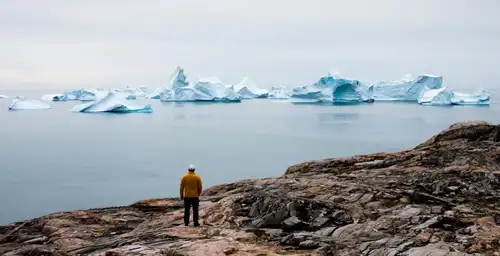
Tracking Greenland’s Wildlife from Space
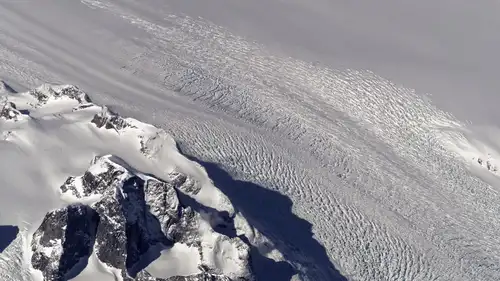
Ice streams and lakes under the Greenland Ice Sheet
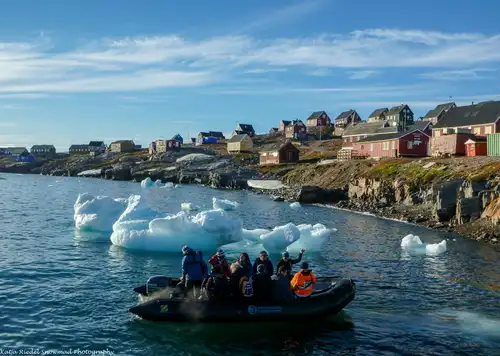
Scoresby Sund: the Greatest Greenland Adventure

The Arctic Hare: Easter Bunny
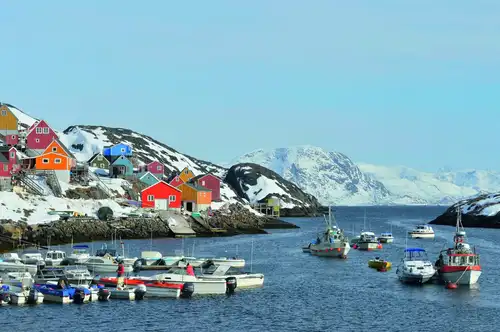
Amazing Greenland
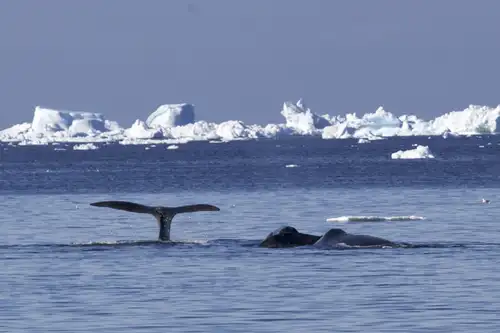
The bowhead whale, whaling about the Arctic

Peaks, Fjords, and Auroras: 14 East Greenland Attractions
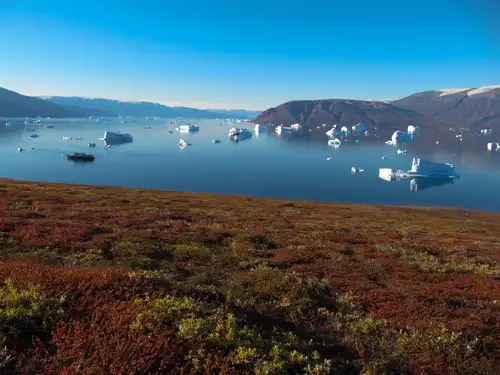
Northeast Greenland National Park

Traditional Lifestyles of the Inuit
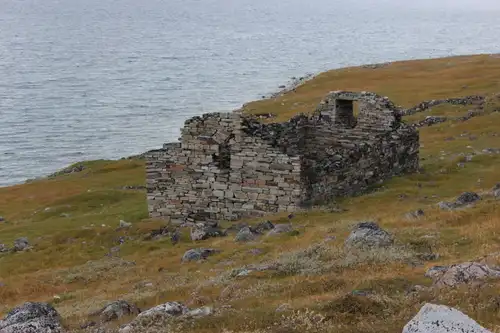
Greenland's History: When Vikings Ruled the Ice Age

The World Is Changing for Greenland's Native Inuit People
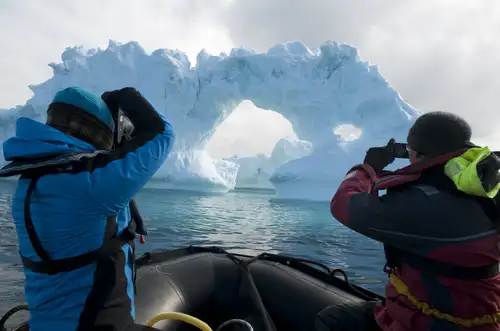
Under the Greenland Ice Sheet
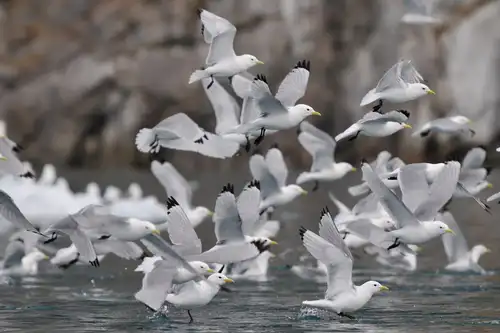
Five Birds You Might See on Your Greenland Cruise
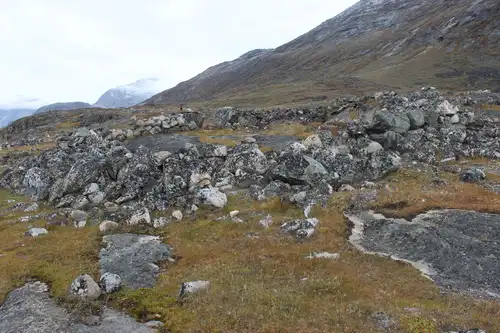
The Norse Settlement of Greenland
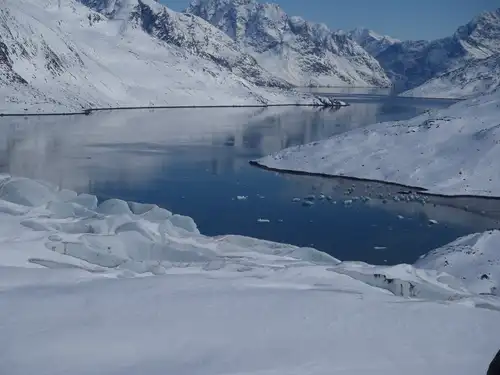
How and When Did Greenland Become Covered in Ice?
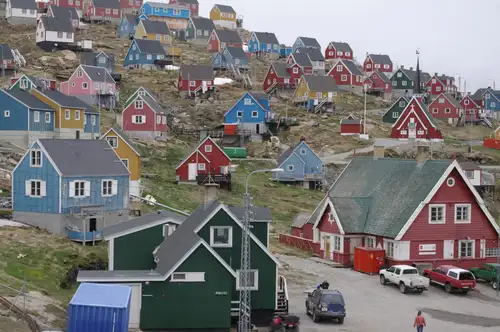
10 Traits of Post-Ice-Age Greenland
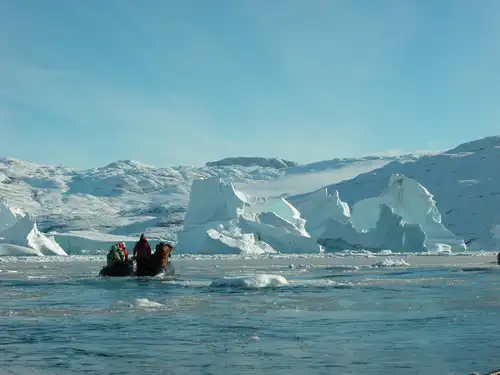



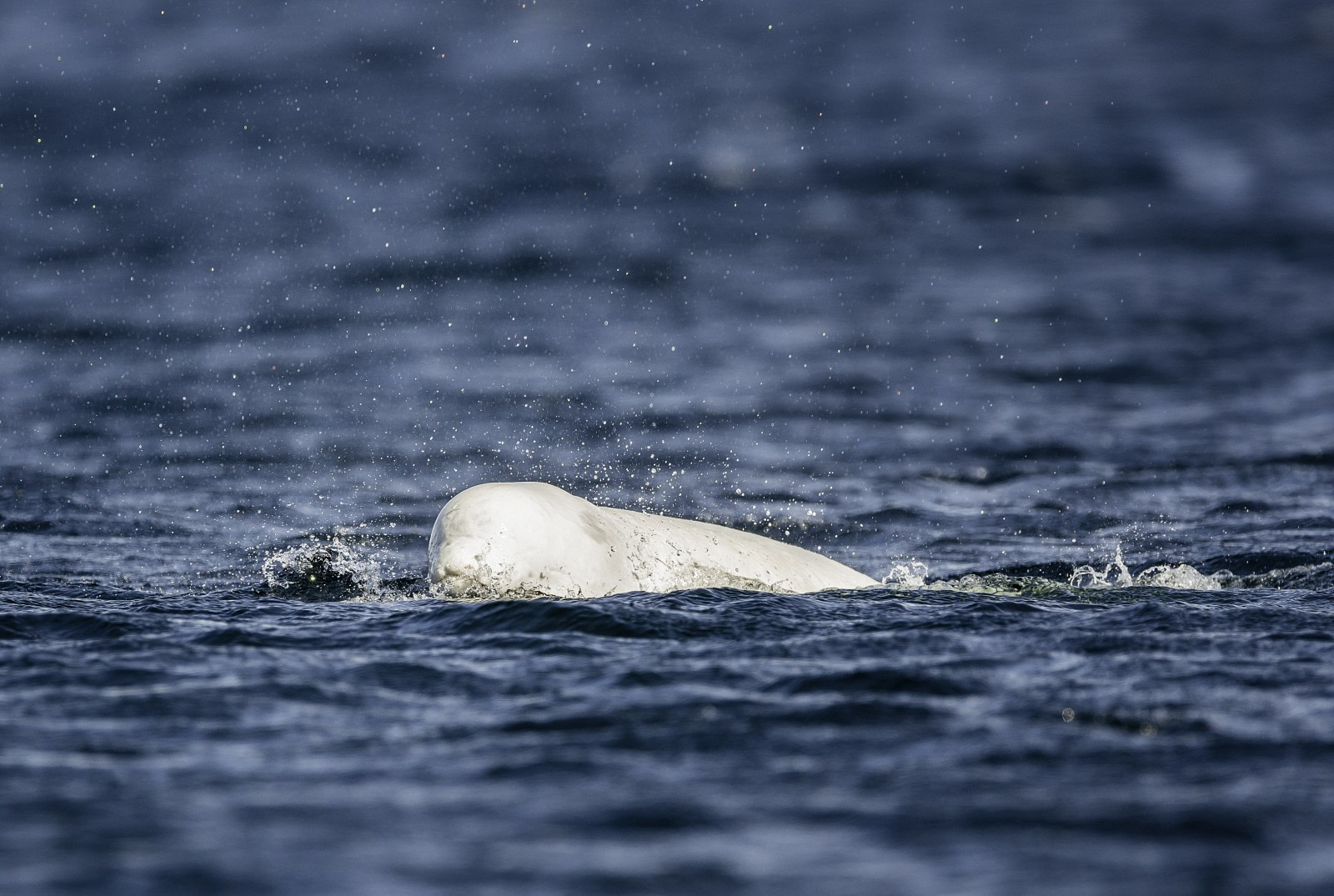

 20 Days / 19 Nights
20 Days / 19 Nights
